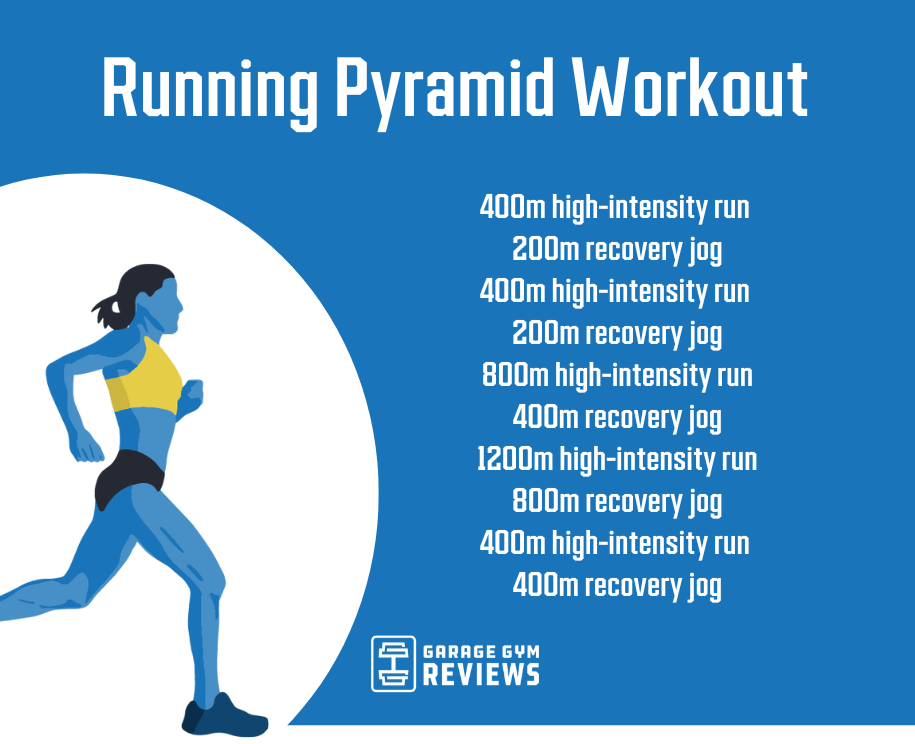The Ultimate Running Strategy Guide: Accomplish Your Physical Fitness Goals
The Ultimate Running Strategy Guide: Accomplish Your Physical Fitness Goals
Blog Article
The Ultimate Overview to Taking Care Of Discomfort When Running
Whether you are a skilled marathoner or simply starting your running journey, recognizing the various types of pain that can emerge and the techniques to resolve them is important. From pre-run warm-up routines to proper footwear option, there are countless aspects to think about when it comes to dealing with pain while running.

Comprehending Different Types of Running Discomfort
When running, it is important to compare different sorts of pain to stop injuries and make best use of efficiency (Read More). One usual kind of discomfort that runners may experience is muscle discomfort, which usually develops from the anxiety put on muscle mass during exercise. This sort of pain is usually a regular component of the running process and can be managed with proper warm-up, cool-down, and stretching routines
One more sort of pain to be aware of is joint discomfort. Joint pain can indicate issues such as overuse, improper kind, or underlying conditions like joint inflammation. Disregarding joint pain can lead to more serious injuries, so it is vital to resolve any discomfort immediately and perhaps look for specialist advice.
In addition, sharp or stabbing pains must not be ignored. These kinds of pain can indicate acute injuries such as stress, sprains, or stress cracks - running strategy. Remaining to go through these kinds of pain can aggravate the injury and lengthen recuperation time

Pre-Run Workout and Stretching Regular
To prepare the body for a running session, carrying out an effective pre-run warm-up and extending regular is essential. A proper warm-up helps raise blood circulation to the muscle mass, boosts flexibility, and decreases the risk of injury during the run. By incorporating a consistent pre-run workout and stretching routine into your running routine, you can enhance efficiency and minimize the risk of pain or injury.
Proper Shoes Choice and Fit
Selecting appropriate shoes that fits well is crucial for joggers to stop discomfort and minimize the threat of injuries. Ill-fitting footwear can lead to blisters, black toenails, shin splints, and various other unpleasant problems that can prevent performance and sideline training. When selecting operating footwear, it is crucial to think about factors such as foot type, running stride, arch assistance, padding, and footwear dimension. running workout. Seeing a specialty running store for a gait analysis and specialist fitting can assist ensure that you pick the right footwear for your specific demands. Running footwear ought to offer sufficient assistance and security while also fitting and lightweight. Furthermore, it is recommended to replace your running footwear every 300-500 miles to preserve appropriate cushioning and assistance. Buying top quality footwear that is ideal for your running style and foot composition is an aggressive action towards preventing pain and injuries throughout your runs.
Nutrition and Hydration Tips for Pain Prevention

Hydration is equally essential for runners to stay clear of cramps, dehydration, and other pains that can lead to pain during running. By focusing on nutrition and hydration, joggers can enhance their efficiency, reduce discomfort, and appreciate a much more comfortable running experience.
Post-Run Recovery Techniques to Ease Discomfort
Implementing efficient healing methods is essential for easing pain and advertising muscle mass healing after running sessions. One crucial post-run healing technique is extending. Incorporating fixed stretches for major muscular tissue teams can assist lower muscle stress and discomfort. Foam rolling is one more advantageous technique to launch muscular tissue rigidity and enhance blood flow to the muscle mass, assisting in quicker recovery. Additionally, icing aching locations for 15-20 mins can help in reducing swelling and numb discomfort post-run.
Taking in a well balanced snack or meal that includes protein and carbohydrates within 30 minutes of ending up a run can help repair muscle mass tissue and restore energy stores. By incorporating these post-run healing techniques right into your routine, you can efficiently handle discomfort and enhance your running efficiency.
Verdict
Finally, attending to different sorts of running discomfort with correct workout, extending, footwear choice, nutrition, hydration, and post-run healing methods is he has a good point necessary for discomfort prevention and management. By understanding the reasons of discomfort and applying these approaches, joggers can minimize discomfort and possible injuries. It is essential to focus on total physical wellness and wellness to ensure an effective and enjoyable running experience.
Report this page